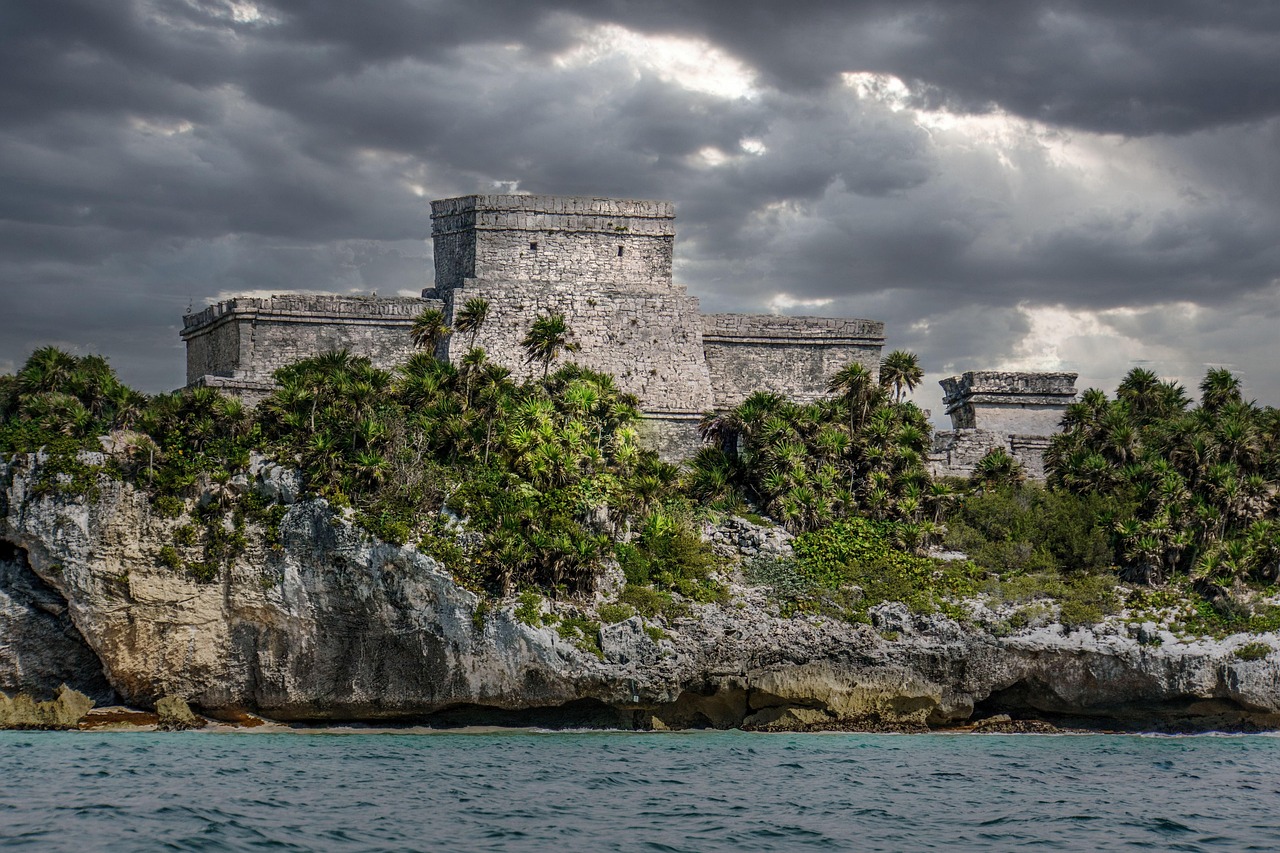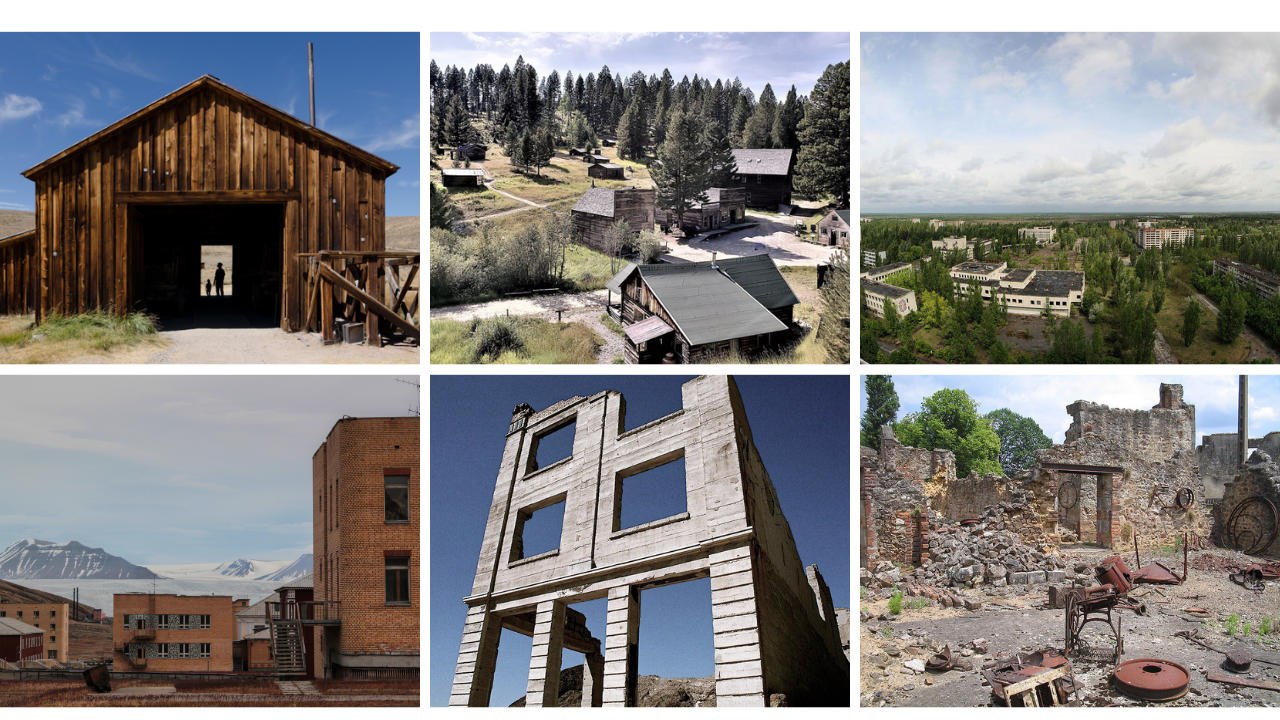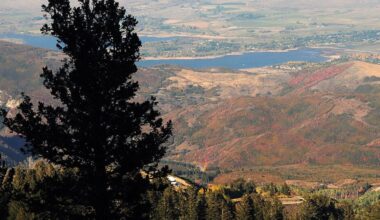For some places, a U.S. passport buys more than a stamp. It buys time. Months to test a city, sort housing, and learn how daily life actually works before chasing paperwork. A few destinations allow true residence under special agreements, while others grant long visitor stays that feel like a soft landing. The smart move is simple. Know the rules, respect the clock, and plan for work, taxes, and healthcare. With that baseline, a long visit can turn into a real chapter.
Palau
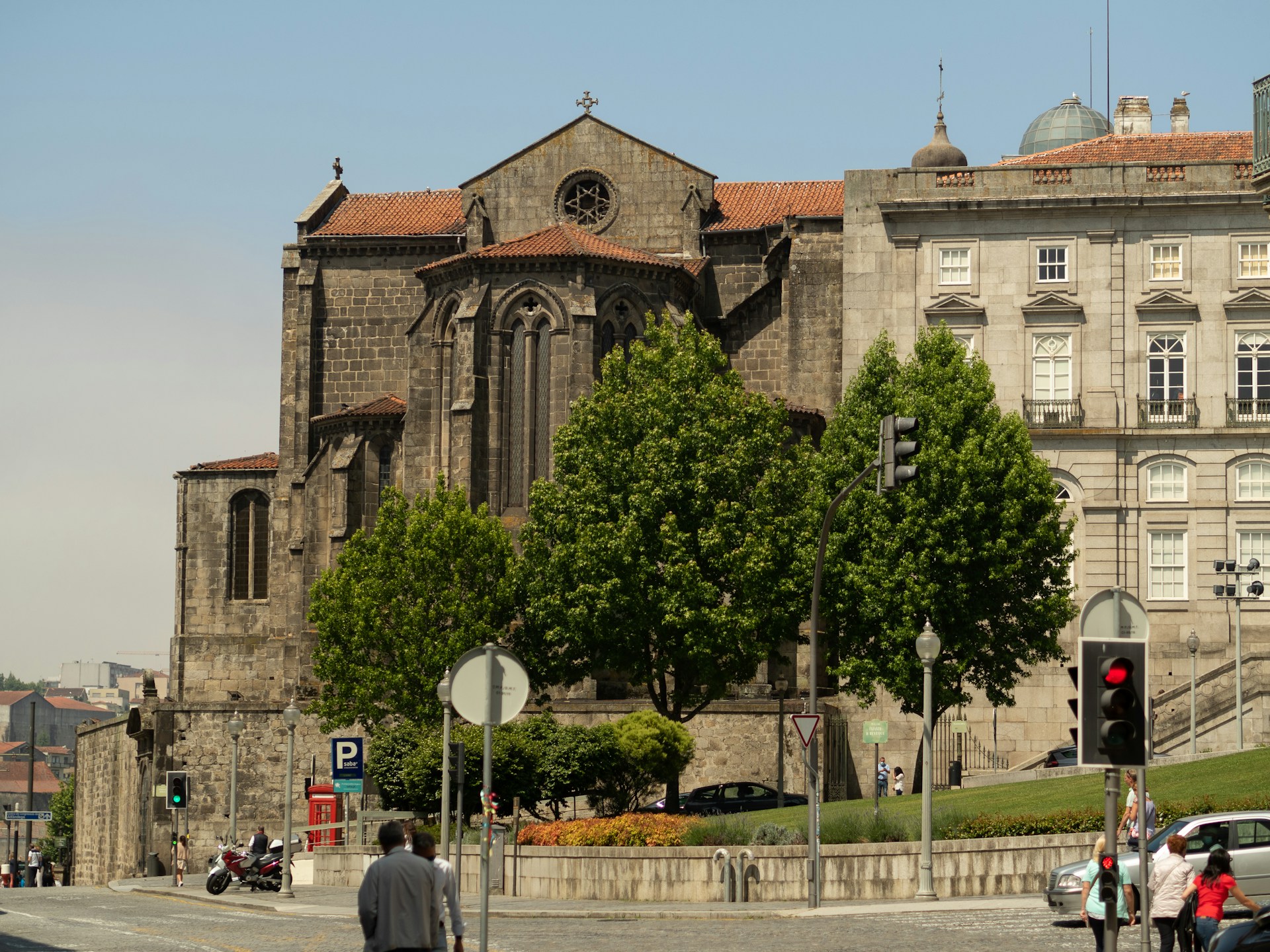
Under the Compact of Free Association, Americans can enter Palau without a visa and live there subject to local law. That means real time on the ground to rent, study, or invest while sorting permits if paid by a Palauan employer. Life is quiet and ocean centered. Costs run higher because imports drive prices, so budget with care and line up housing early. Healthcare and flights are limited, which makes insurance and flexible travel planning more than a nice to have.
Marshall Islands
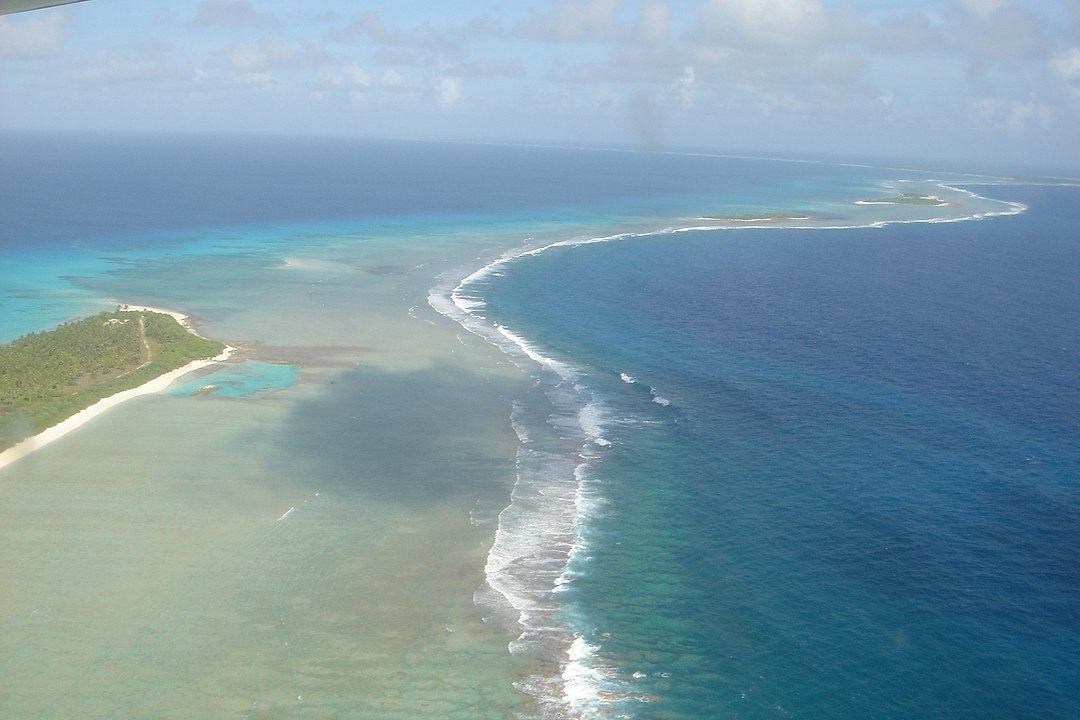
Americans may reside in the Marshall Islands visa free under COFA. The privilege covers living, studying, and investing, while local work still follows permit rules. Daily life is community driven and logistics heavy. Groceries, parts, and medicine move on slow boats and small planes, so planning matters. Remote work is common, but if you plan to take a local job, confirm approvals well ahead. The tradeoff is clear water, close ties, and time to settle without a consular maze.
Federated States of Micronesia
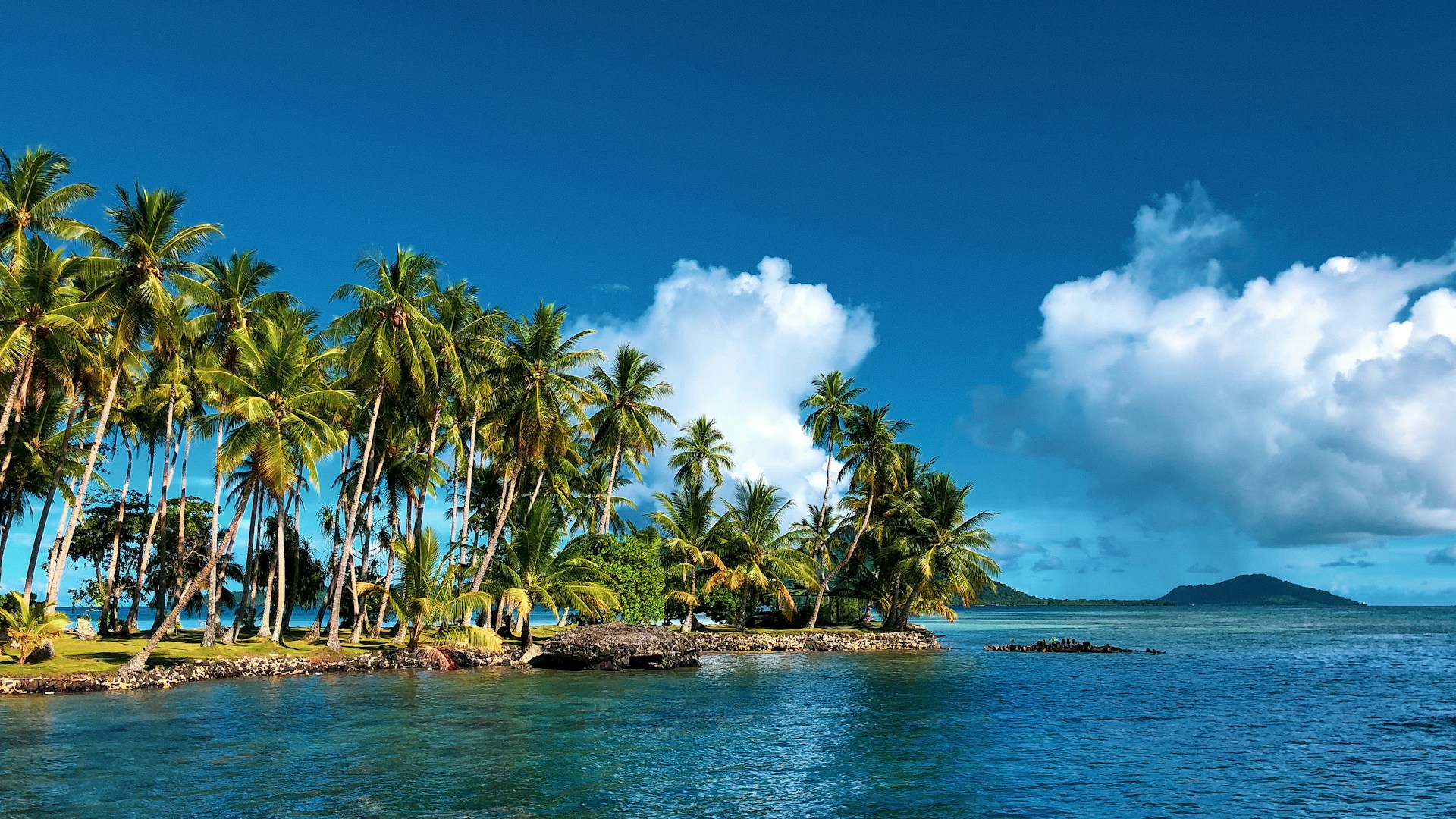
Micronesia welcomes U.S. citizens to live visa free across Yap, Chuuk, Pohnpei, and Kosrae. Each state has its own rhythm, price levels, and housing realities. The legal pathway is unusually simple for long stays, which makes it attractive for teachers, researchers, and remote workers. Working for a local employer still needs the right paperwork. Banking, shipping, and health services exist but move at island speed. Bring patience, proof of funds, and backups for essentials you cannot do without.
Georgia
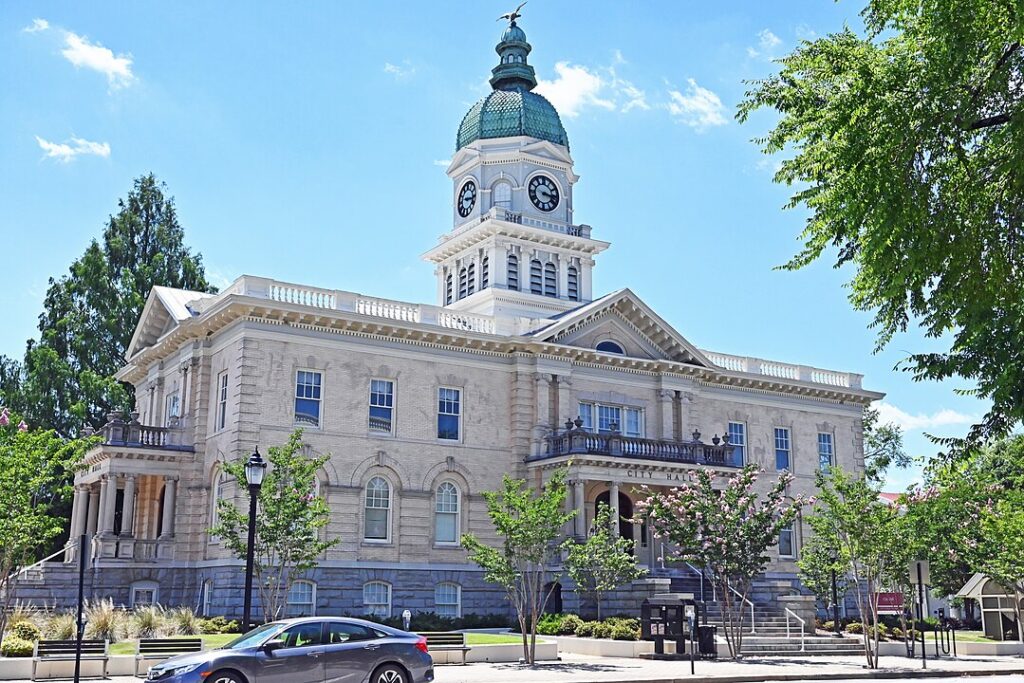
Georgia gives U.S. citizens up to 365 days visa free, long enough to live a full year while exploring residence options. Tbilisi blends café culture with strong internet and a creative tech scene, while mountain towns slow the pace. Visitors can rent apartments, open accounts, and build routines without a visa scramble. Employment by a Georgian employer may require separate steps, so check terms before signing. Track your entry date and exit or switch status before the year ends.
Albania
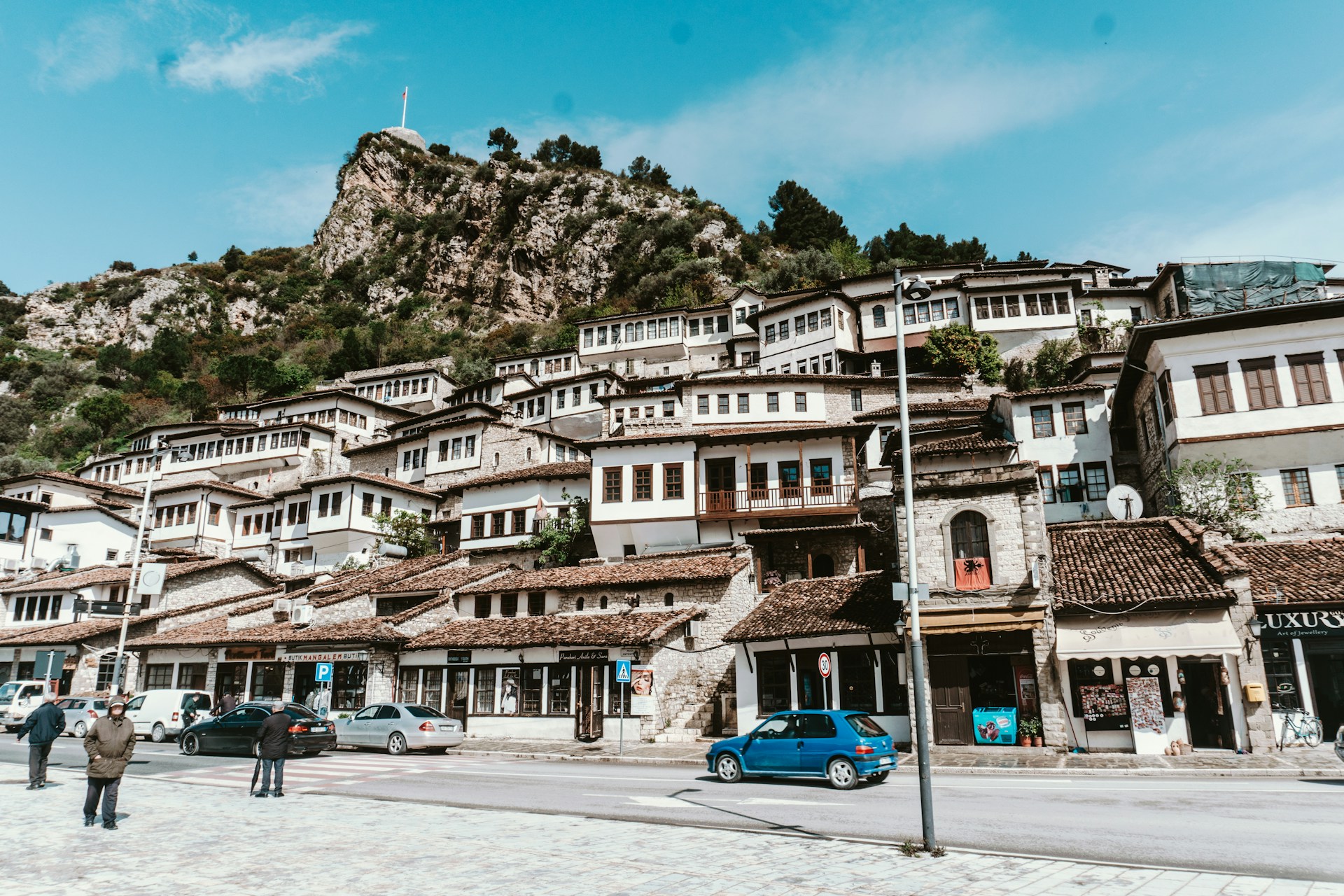
Albania generally allows Americans to stay up to one year without a visa, which is rare in Europe. Tirana is affordable and lively, while coastal towns draw long stays outside peak summer. The year gives space to test neighborhoods, set up utilities, and decide if a residence permit makes sense. Working for an Albanian company is not automatic, so align any job plans with permits. Costs stay friendlier than the EU, though imports and summer rents can spike.
Svalbard
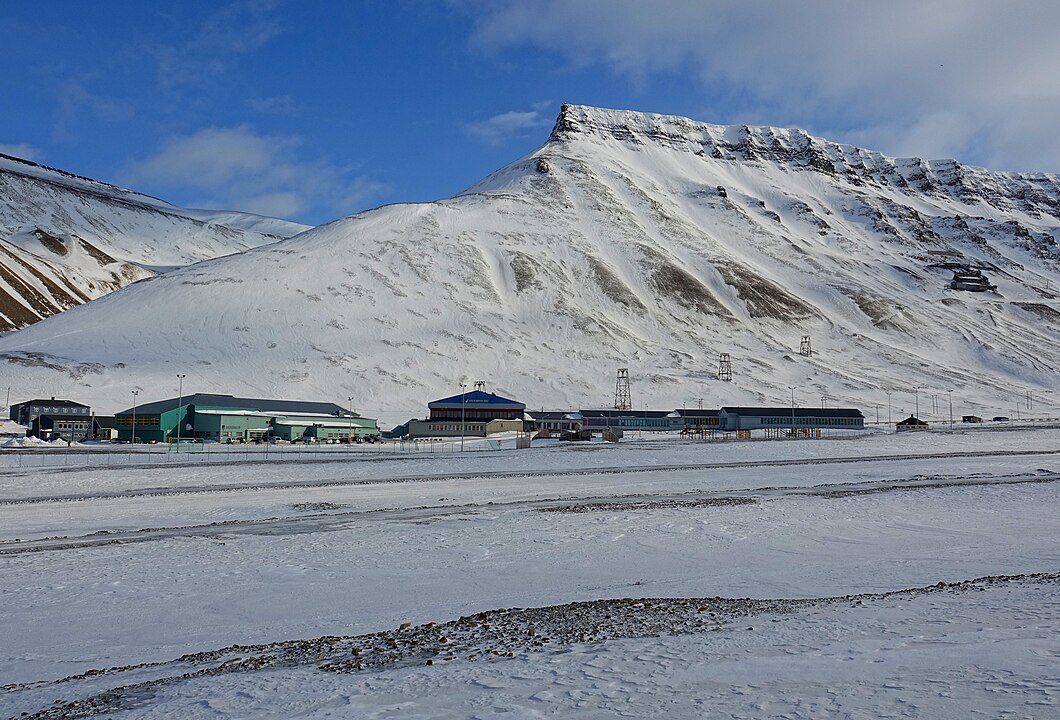
Svalbard sits outside Schengen with a unique open access rule. Americans do not need a visa or work permit to live there, but must be self supporting and prepared for Arctic reality. Housing is scarce, costs are high, and the healthcare system is limited. Most people base in Longyearbyen, where jobs cluster in research, logistics, and tourism. It is a legal outlier and a harsh one. Come with savings, proper gear, and a plan for evacuation and insurance from day one.
Bahamas
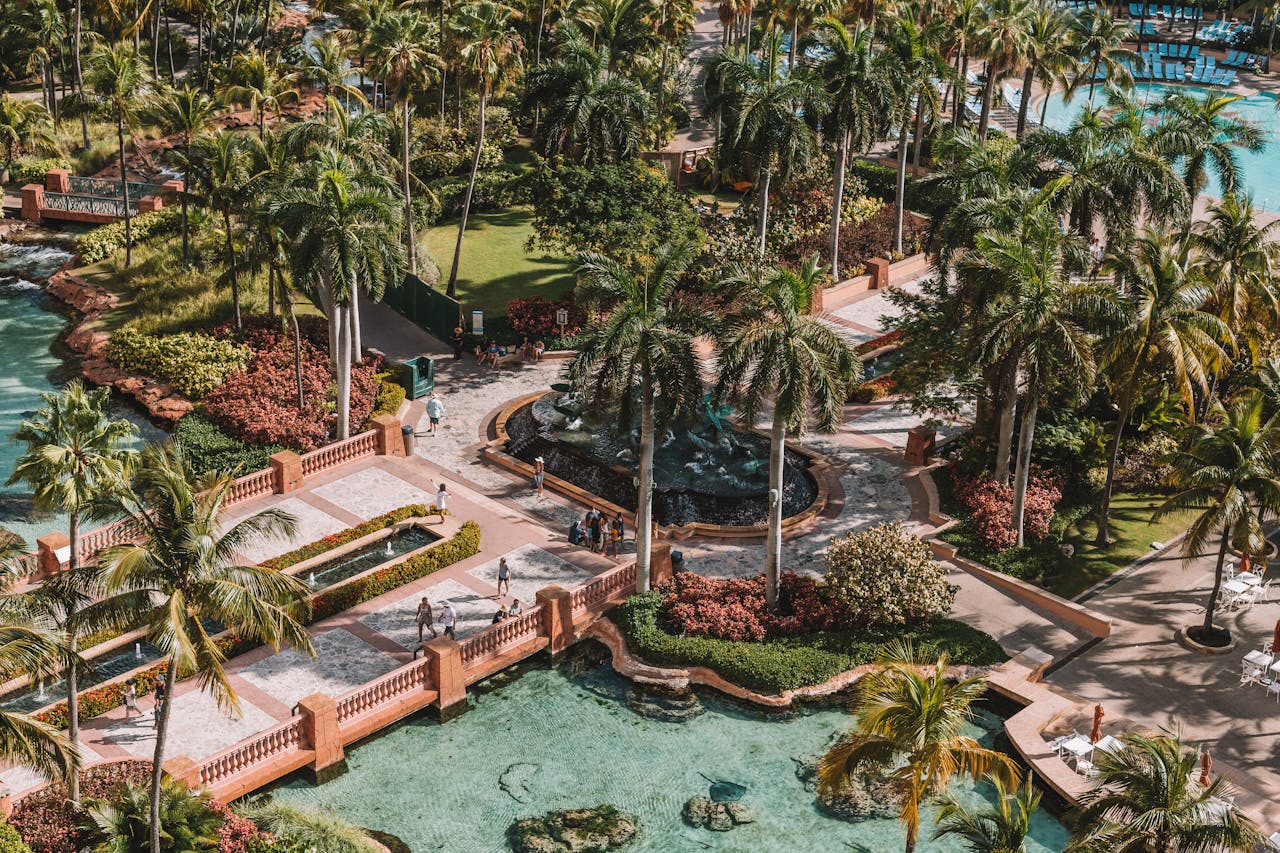
The Bahamas admits U.S. citizens without a visa and can grant visitor stays up to eight months, long enough to live seasonally. That window supports real routines, from school terms to remote work paid from abroad. Employment with a Bahamian company needs permits, so keep lifestyle and labor rules separate. Imports make groceries and gear pricey, and long term rentals in Nassau or the Exumas move fast. Keep proof of funds and onward travel handy at entry.
Barbados
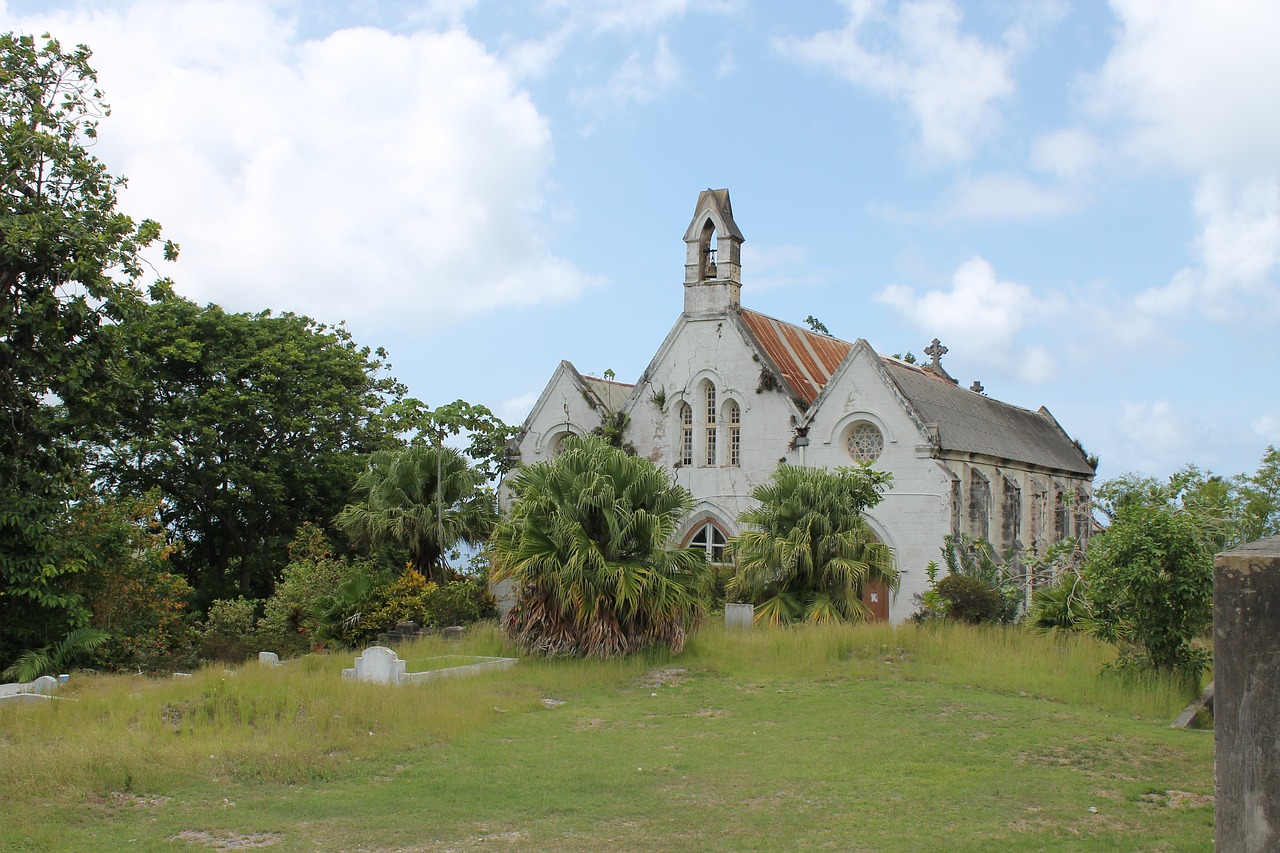
Barbados allows Americans to enter visa free for stays up to six months. Infrastructure is strong for a small island, with reliable internet and good health services. Many use the time to test neighborhoods, then apply for longer options like the remote work program. Local employment requires authorization, so treat the half year as a legal cushion, not a shortcut. Track your admitted stay, respect the date, and keep copies of your entry stamp for routine checks.
Mexico
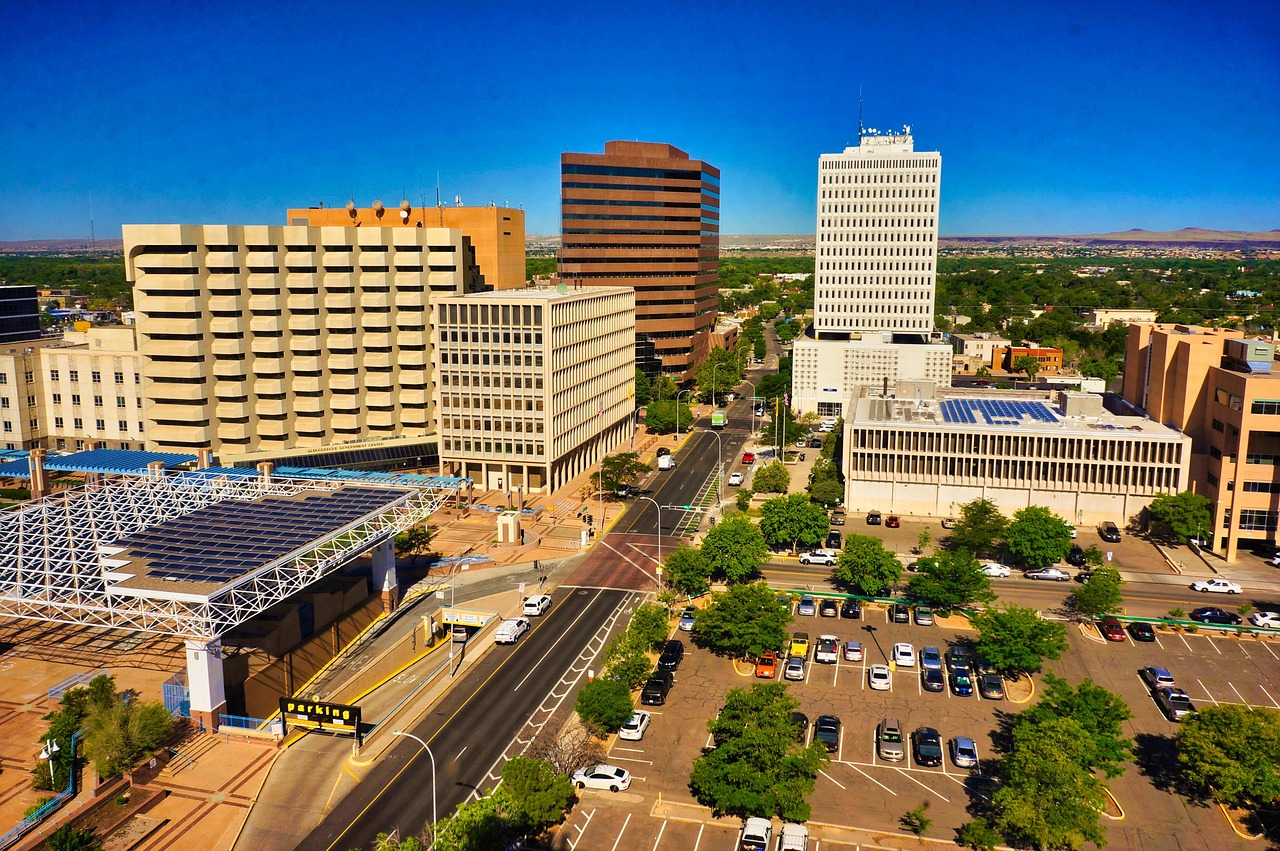
Mexico usually grants up to 180 days to tourists with an FMM, enough for a season in Mexico City, Mérida, or Oaxaca. The stay is visitor status, not a work permit, which suits remote roles paid from abroad. Officers decide the exact days, so arrive with clear plans and documentation. For longer horizons, the temporary resident path is the next step. Overstays cause headaches and can derail future residency, so protect your record and leave clean.
Panama

Panama admits Americans visa free for up to 180 days, a solid runway to test Panama City, Boquete, or beach towns. Many use that time to explore residency through the Friendly Nations or pensionado routes. Local employment requires permits, while remote income is common among medium term residents. Banking setup is doable with patience and tidy paperwork. Track your entry stamp, keep proof of onward travel, and align any stay extensions before your admitted time runs out.
